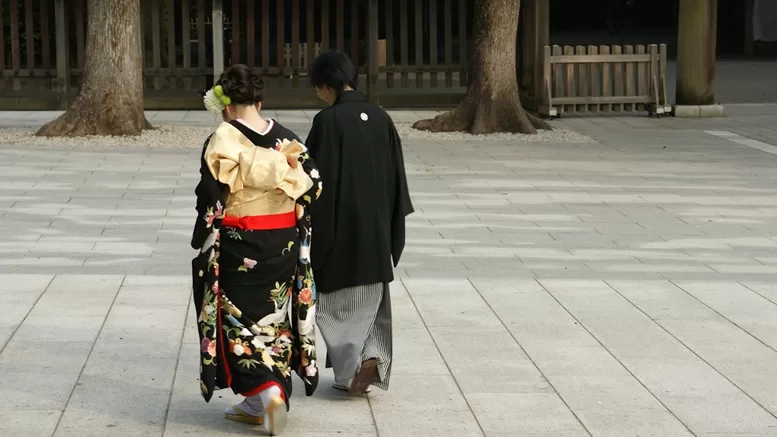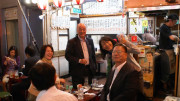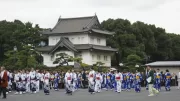Geishas are traditional female Japanese entertainers skilled in classical music, dance, and other Japanese arts. They are sometimes mistakenly confused with shōgi (courtesans) or prostitutes, but Geishas are strictly entertainers and do not engage in paid sex.

A Geisha must remain unmarried and retire from performing once she weds. Her costume and makeup evolve with age—young Geishas (maiko) wear a heavy white rice-based foundation, bright red lipstick, and black accents around the eyes and eyebrows to create a mask-like appearance. The makeup process can take hours, but as she matures, the makeup becomes more subdued, and older Geishas adopt a more reserved look.
A Geisha’s kimono is elaborate, with younger and less experienced women wearing more vibrant designs. Some maiko kimonos have up to 15 layers, making them quite heavy. These exquisite garments can take two to three years to complete, involving intricate sewing, painting, and decorating.
Hairstyles are also an essential part of a Geisha’s appearance, with several major styles still in use today. The taka shimada, a high bun, is popular among younger Geishas, while the tsubishi shimada, a flatter chignon, is preferred by older women. The uiwata style, bound with fabric to resemble a divided peach, is exclusively worn by maiko. Due to the effort required to maintain these hairstyles, many modern Geishas opt for wigs.
Kyoto remains the heart of Japan’s Geisha culture, particularly in districts like Gion and Pontocho. Tokyo also has strong Geisha traditions in areas like Shimbashi, Asakusa, and Kagurazaka. While the demand for Geishas has declined over the decades, they are still highly sought after for private parties, festive gatherings, traditional tea ceremonies, and upscale restaurant performances.




